Portugal is a European destination where history, culture, and natural beauty converge in a dynamic landscape of experiences. Located on the western edge of the Iberian Peninsula, the country has a maritime heritage that powered global exploration, with its Atlantic coastline serving as a platform for discoveries that shaped world history. From the streets of Porto to the landscapes of Sintra, Portugal offers travelers a blend of architectural sites, World Heritage locations, and a culture influenced by connections to Africa, the Americas, and Asia.
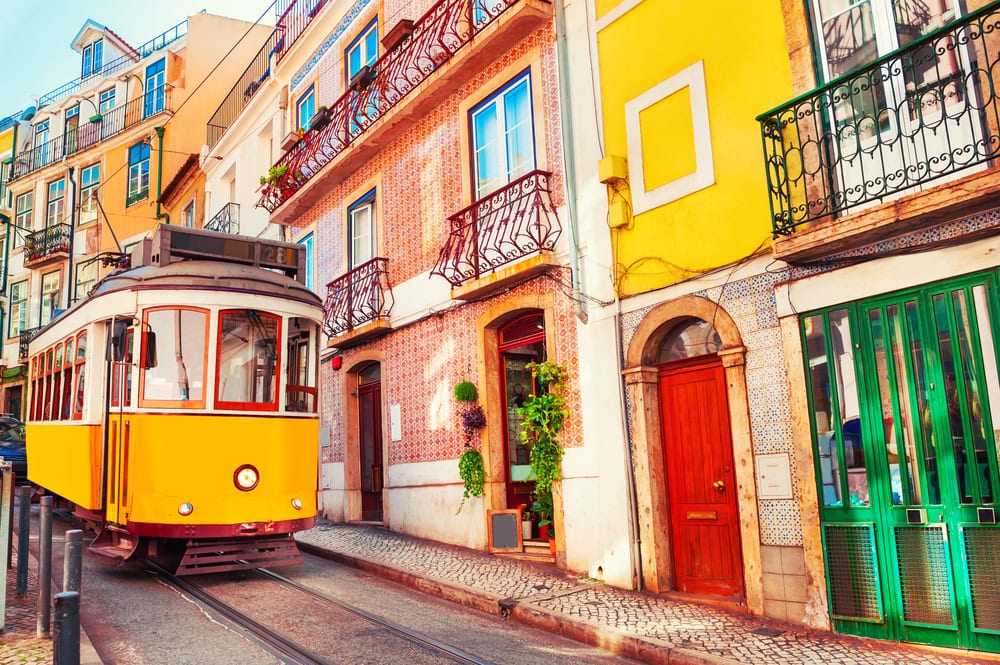
The country’s terrain includes urban centers like Lisbon, vineyards in the Douro Valley (where I enjoyed a fabulous Douro River Cruise on Avalon), and beaches of the Algarve. Portugal’s cultural depth is evident in its 17 UNESCO World Heritage sites, which showcase medieval city centers, historic universities, and cultural landscapes that reflect the nation’s history. With its mix of historic elements, architectural structures, and natural environments, Portugal invites travelers to explore a destination where streets, monuments, and vistas tell stories of human experience and connection.
Portugal’s appeal is undeniable and it is, unsurprisingly, consistently rated as one of the best places in Europe to visit and live.
But what about when you can’t visit Portugal? We like to bring home thoughtful souvenirs from travel, usually food and other consumable products, along with art for our home. We always prefer to support the local businesses when we shop, and have found street markets and local shops are a good choice for souvenir shopping. We fondly remember our time in Portugal when enjoying these souvenirs.
Here are our recommendations for shopping in Portugal, souvenirs worth bringing home with you.
Foodie Delights
Portuguese cuisine reflects a culture deeply connected to its landscape, with a rich tradition of food production that offers travelers numerous opportunities to bring home authentic culinary memories. The country’s food heritage spans regional specialties, artisanal production methods, and ingredients that capture generations of agricultural and maritime traditions. These products represent more than simple souvenirs; they are tangible connections to Portugal’s cultural identity, crafted through techniques passed down through families and local producers.
Be sure to look for authentic Portuguese products.
NOTE: Be sure to check for updated information on what food products you can bring home with you. Most food items will be okay, if packaged and sealed, but there are still a few things that are off limits. Check here.
Salt
Portugal’s coastline, which is exposed to hot, very dry winds and high temperatures in the summer, has made natural salt production possible through evaporation ponds. The salt is bright white and harvested as it is deposited on the surface of the water just before sinking. It is similar to French salt – Fleur de Sel – but is known in Portugal as Flor de Sal – Flower of Salt. Use it as a finishing salt to flavor and garnish food.
Tinned Sardines
Tinned sardines have become a highly prized delicacy and ingredient in a variety of dishes. Among European producers, Portuguese sardines are standouts for high quality, and have gained popularity right along with those from Italy and Spain.
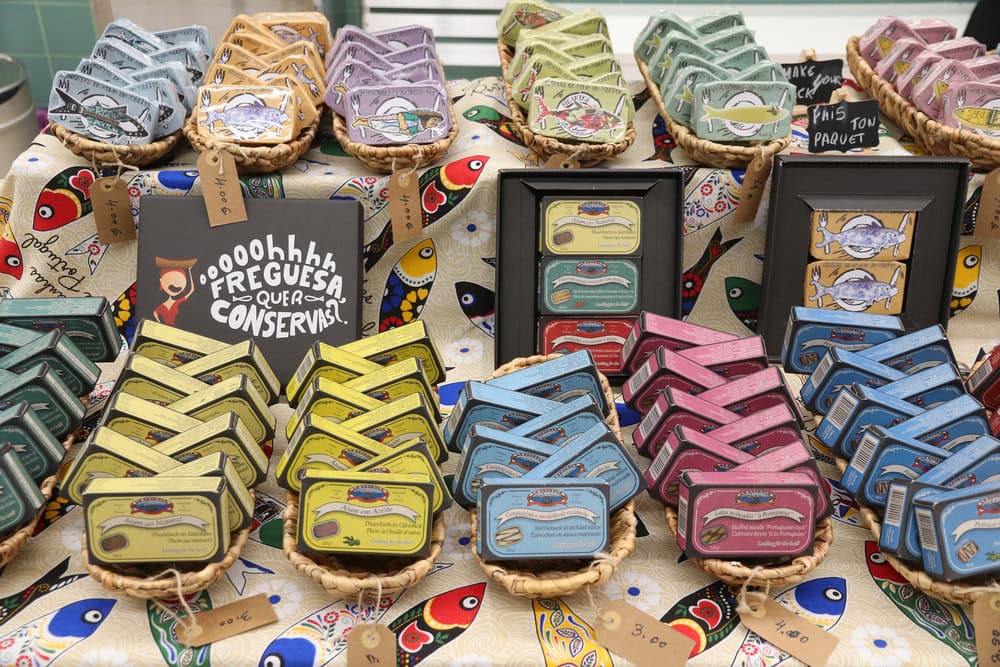
What makes them so special? Portugal’s Atlantic coast provides an ideal breeding ground for sardines with their cold currents and deep waters.
Sardines are easy to find most everywhere. There dedicated stores that specialize in sardines, and you’ll be surprised at the extensive selection. These make great gifts for foodies at home, too.
Pastel de Nata
Pastel de nata is a Portuguese egg custard tart with a flaky puff pastry crust and creamy egg custard filling. The origination of the recipe is attributed to the Jeronimos Monastery in Lisbon. The convent and monastery used egg whites to starch the religious habits, leaving egg yolks to be used in other ways. The yolks were incorporated into cakes and pastries, eventually resulting in the sweet pastry sold today. A fresh pastry will likely not make it home intact, likely getting crushed on the plane or, as in my case, eaten en route home.

There are packaged pastries, and although they lose the appeal of fresh, it may be the best you can do to soothe your sweet tooth at home.
Portuguese Cheese
Portugal boasts a rich variety of good quality traditional cheeses, each with its own unique characteristics and serving methods. Some of the more popular choices include:
- Serra da Estrela – Probably the most famous Portuguese cheese, this sheep’s cheese is creamy and buttery. It’s delicious served on bread and crackers. It has Protected Designation of Origin (DOP) status.
- Queijo de Azeitao – Similar to Serra da Estrela, but with a stronger flavor and a little less buttery. Pairs nicely with robust wines and fruit.
- Sao Jorge – A cow’s milk cheese made in the Azores, and dating back to the 15th century. Firm texture, with sharp flavor. Works well on a cheese board or with rustic bread and wine.
- Transmontano Goat Cheese – A hard cheese with flavor that intensifies with again. Cut into thin slices and pair with bread and honey.
- Queijo de Evora – A semi-hard sheep’s milk cheese that has a slightly salty, sour flavor. Goes nicely as an appetizer with bread and olives.
Piri Piri Sauce
Peri-peri, also known as piri-piri or African Bird’s Eye chile, is a very hot pepper that is closely related to tabasco. These peppers grow wild in Africa, but are now produced commercially in parts of Africa and Portugal, and are widely used in sauces and spices. The peppers are only about an inch long, but they pack a powerful punch, ranging from 50,000 to 175,000 on the Scoville scale. In comparison, jalapeños typically have a Scoville heat rating of around 3,500.
When these peppers mature, they turn an electric red color, giving the sauces in which they are used a distinct red hue. Peri-peri sauce is a versatile spice that can be used in marinades, to add depth to condiments, or to heat up your favorite dishes. Take home the Portuguese version and compare.
Portuguese Olive Oil
Portugal has produced olive oil since the Middle Ages. The olive oil renaissance can be attributed, in part, to a renewed global focus on the health benefits of the Mediterranean diet, which includes olive oil. Another reason is that more visitors to Portugal return to their homes with a new appreciation for Portuguese cuisine centered around olive oil.
I brought home a tin of a limited edition Fadista brand olive oil for a fraction of the price it can purchased elsewhere. In fact, the price was lower than the company’s mainline brand on Amazon. It’s delicious drizzled on bread or used to finish some grilled vegetables.
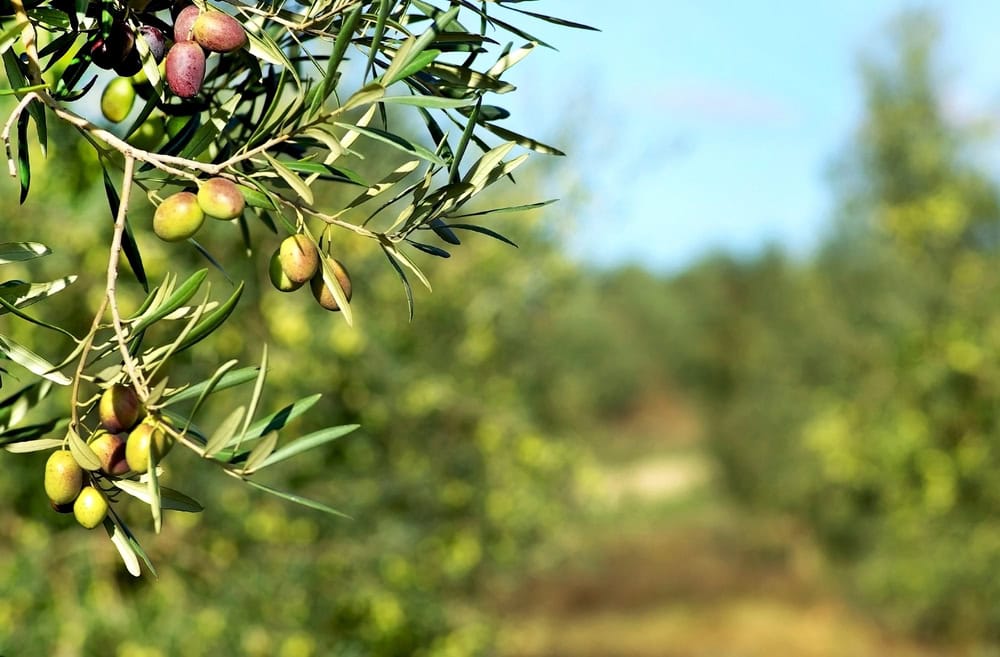
For olive oil connoisseurs, the country’s native olive varieties used in oil include Cobrancosa, Cordovil de Serpa, Verdeal, and Galega.
Portuguese Tea
The history of tea in Portugal began in the 16th century, during the Age of Discovery. Portuguese explorers and traders were some of the first Europeans to experience tea in Asia, and they were responsible for introducing in tea to Europe, bringing it back from their travels.
Sao Miguel, an island in the Azores (an archipelago off the Atlantic coast of Portugal) is home to the Gorreana Tea Factory. The company has been growing and meaking tea since 1883.
Add a Portuguese blend to your tea line up, or bring some home as a gift for your tea loving friends.
Portuguese Wine
History suggests that wine was produced in Portugal as early as 4000 years ago. Of course, production the was very different than it is today.
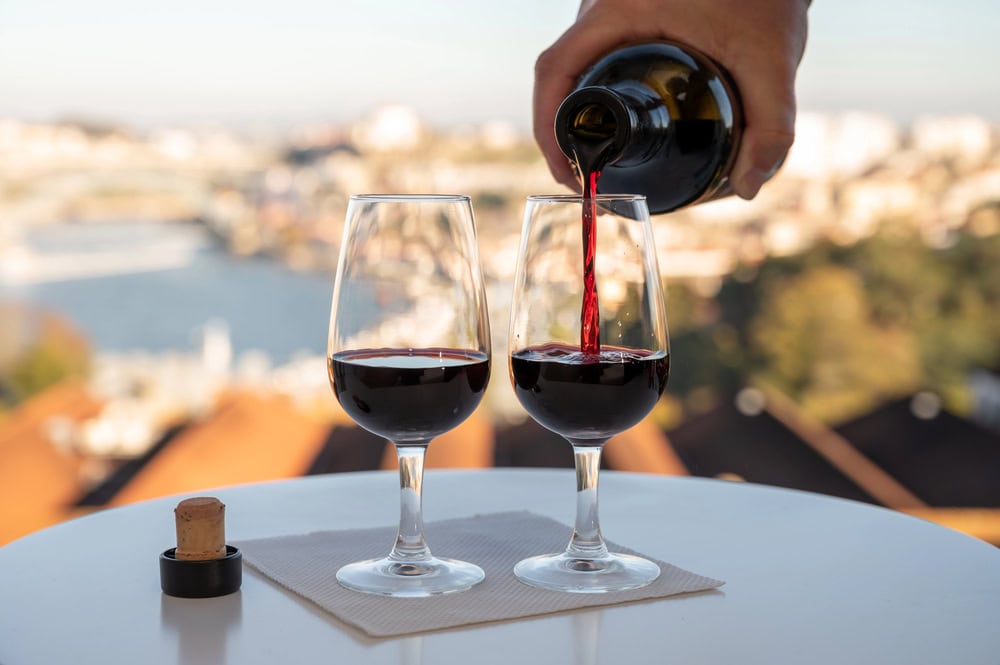
Wine choices will vary based on palate and personal preferences. Here are a few to sample; take home the ones you enjoy. These selections are generally easy to find, although if you want specialized information for collecting, you’ll want to find a recommended wine shop.
- Alentejo – Made with grapes grown in southern Portugal, there are red, white, and rose varieties. Generally the wine is full-bodied with ripe fruit flavors. It’s one of the most popular wine varietals in Portugal.
- Bairrada -This wine region is classified as a DOC and produces the most sparkling wines in the country. If you like other sparkling wines like champagne, cava, and prosecco, you’ll want to taste and compare.
- Colares – This small DOC located on the coast is home to grapes grown in sand. Both red and white grapes result.
- Vinho Verde – This DOC from the Minho province literally translates to green wine, with green meaning young. Although, sometimes when you look at it in the bottle it may look pale with a slightlly green tint. The wine is release shortly after bottling, usually just three to six months. It’s light and refreshing, with a lower alcohol content, and pairs nicely with Portuguese seafood and salads. Take some home for your wine cellar, you’ll find great prices here.
- Port – Probably the best known of the Portuguese wines, this fortified wine is popular worldwide. The different varieties include Ruby, Tawny, White, Vintage, Crusted, Late-bottled Vintage, and Rosé. There are lovely bottles to pick up, designed to be display-worthy, or pick up something utilitarian and practical. It’s easy to find combination packages that provide small sizes of ruby, tawny, and white – a great gift to introduce someone to port. Most port is too strong and sweet for my palate, but if I’m drinking it, I’ll stick with a dry white port option.
Ginjinha
Ginjinha, also known as ginja, is a Portuguese liqueur made by crushing ginja berries (a type of sour cherry), then infusing them in alcohol (usually aguardente or brandy). Sugar and other ingredients are added (clove, cinnamon) and the result is a ruby-red liqueur. It’s served as a shot, with a piece of fruit at the bottom of the glass.
It’s often seen on the menu in Lisbon and the Algarve, but I’ve never developed a taste for it. It makes a great gift, though, for curious liqueur connoisseurs.
Local Crafts and Specialties
One of the easiest ways to buy local is by directly patronizing local artisans and crafts people. I’ve found that local markets are a great place to find the best quality from local crafts people.
Here are some suggestions of items that make great souvenirs or gifts.
Embroidery and Lace
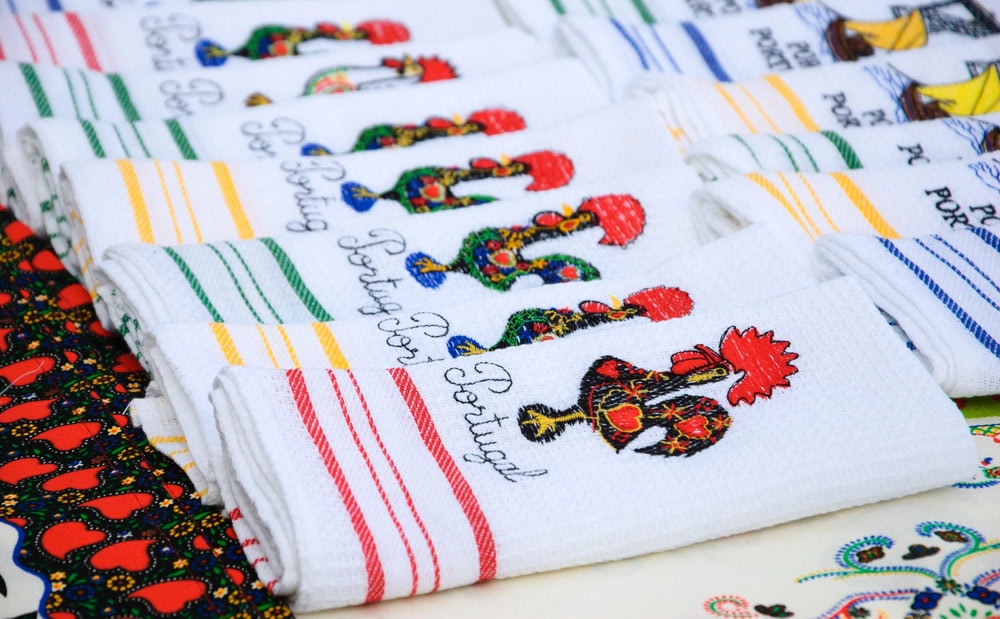
Embroidery is one of Portugal’s most popular forms of artistic expression. Madeira is one of Europe’s leading centers of lace production. Throughout the country, small workshops and homes create linens with delicately laced borders and embroidered designs. You’ll find handkerchiefs, tablecloths, napkins, hand towels, tea towels, and cloth bags in local shop as well as high end boutiques.
Cork Products
Portugal is a major producer of cork, and it’s one of the country’s leading industries. There are dozens of products made from cork, including bags, hats, shoes, wallets, clothing, home decor, desk items, art, etc. Pretty much anything you can think of can be made of cork. Cork products can be found everywhere.
For a look at the history of cork, its importance in Portuguese commerce, and the many ways cork is used, visit the Cork Museum in Porto.
For a fun read: Cork Boat about a quest to sail the Douro River on a boat completely made of cork.
Barcelos Rooster
The legend: In the Middle Ages, a Galician pilgrim traveling to Santiago de Compostela was wrongly accused of a crime in the town of Barcelos. Despite proclaiming his innocence, he was sentenced to death by hanging. At his final meeting with the judge, the pilgrim made an extraordinary claim: when he was hanged, the roasted rooster on the judge’s table would crow, proving his innocence.
To everyone’s astonishment, at the moment of execution, the roasted rooster stood up and crowed exactly as the pilgrim predicted. The judge rushed to the gallows and discovered that the execution rope was poorly tied, allowing the pilgrim to be saved.
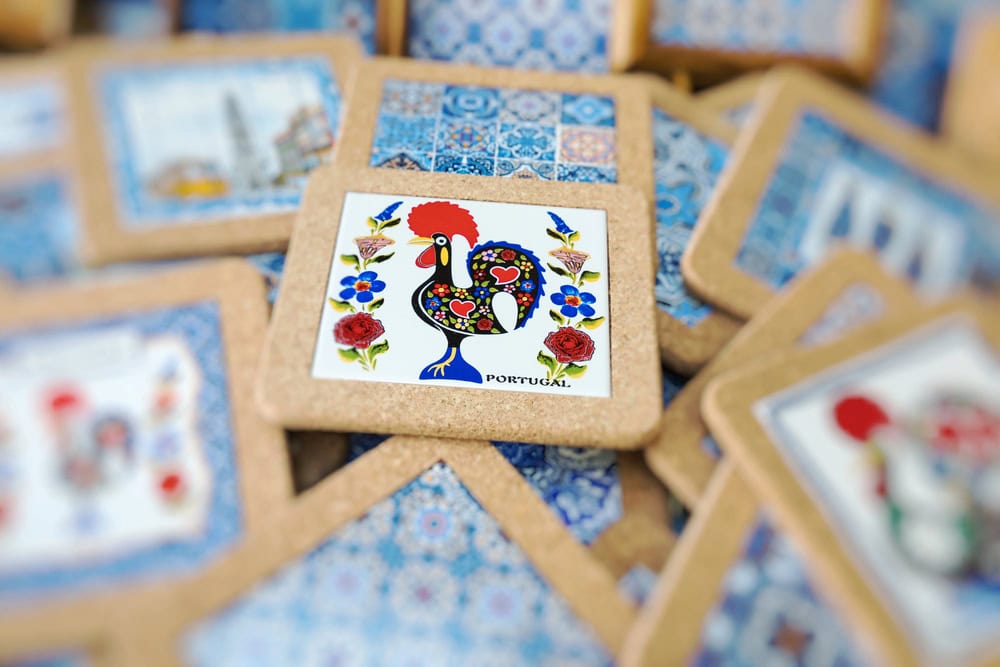
Today, the rooster is everywhere. Portuguese people believe the rooster brings good luck when placed in a house, with a specific tradition of positioning its head facing the entrance door to ward off negative energies. It’s typically depicted as a colorful porcelain or ceramic figure, and is often incorporated into other handcrafts. Pick one to take home with you.
Viana Heart
The Viana Heart is a symbol of Portuguese culture and craftsmanship with a history dating back to the 18th century. It originated as a religious symbol, representing devotion to the Sacred Heart of Jesus. This distinctive piece of jewelry is characterized by an asymmetric heart shape with a crown-like structure at the top, often crafted in intricate filigree work. The design incorporates a stylized version of flames at the top, symbolizing the warmth and strength of divine love. Over time, the heart’s meaning evolved, and it became associated with romantic love, life, fraternity, and friendship.
You can find Viana Heart jewelry in souvenir shops as well as fine jewelry stores.
Azulejos
This art form, made up of small glazed ceramic tiles, is derived from the Arabic word “azulejo,” which means “small polished stone,” referring to the skilled craftsmanship and mosaic-like quality of the Portuguese tiles. It combines storytelling with art and you’ll see large traditional azulejos installations at churches, train stations, and other public buildings.
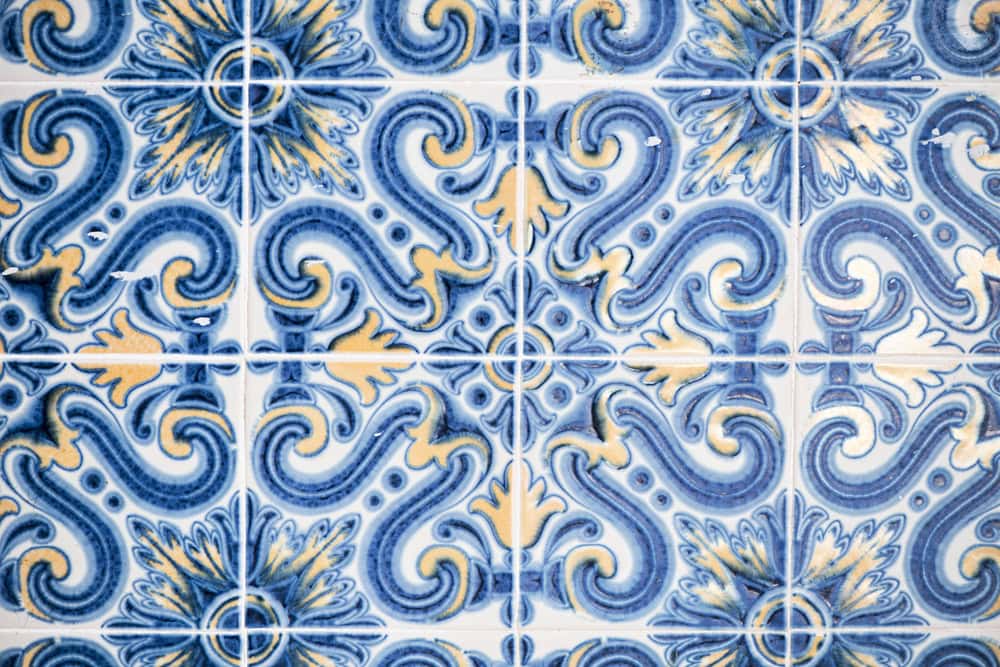
You can buy azulejos to take home, either as much smaller multi-tile installations or as individual decor items like coasters, wall art, house numbers, and signs. The history and storytelling is as compelling as the art form. You can learn more about azulejos here.
Portuguese Pottery
Portuguese pottery is known for its high-quality craftsmanship, perfected over centuries. It’s a blend of Moorish, Asian, and European styles, using local clay and traditional techniques. Different regions in Portugal are known for specific pottery styles, so you’ll see variations around the country. Available in both practical pieces (I brought home some olive bowls) as well as fine art.
Copper Cataplana
A Copper Cataplana is a traditional Portuguese pot shaped made out of hammered copper. It’s shaped like a clam, with two domed halves hinged at one end and secured by latches on the sides, which allows it to work as a Dutch oven, tagine, and pressure cooker.
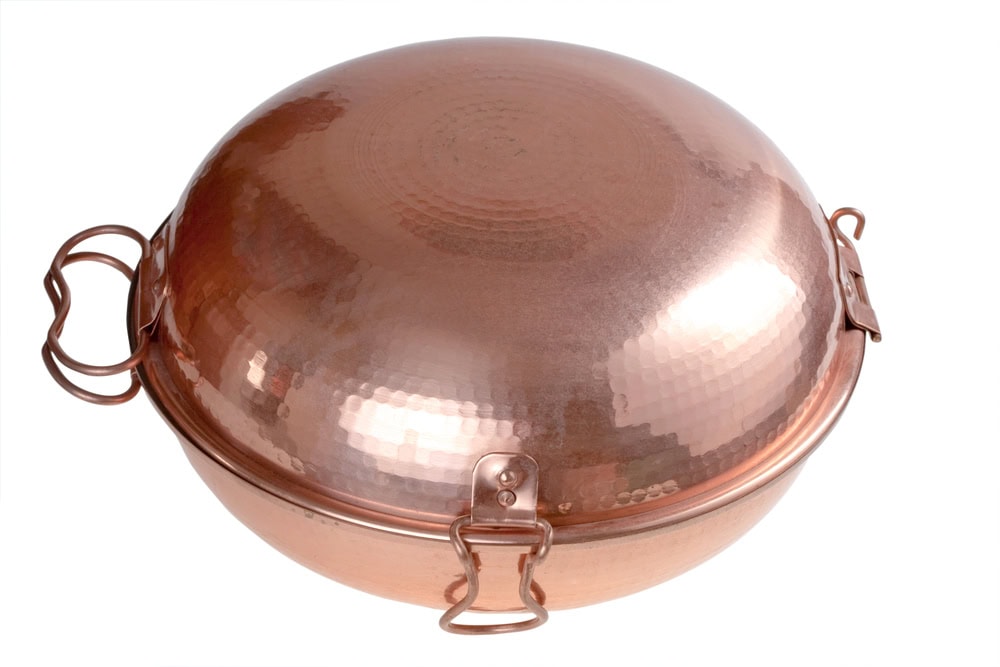
It’s perfect for cooking seafood, meat, and stews, allowing for excellent heat distribution and slow cooking, and will work on gas, electric, or glass-ceramic cook tops (but not an induction stove top). It’s also an attractive serving dish.
Oh, how I want one of these! Maybe next trip.


